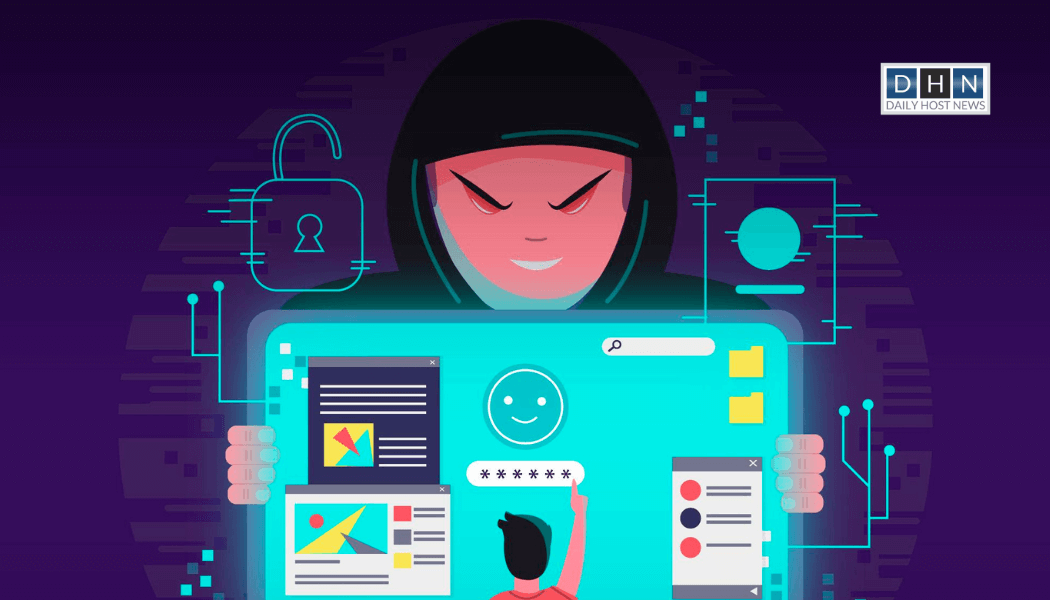In an era of expanding digital connectivity, the threat landscape is undergoing a relentless evolution, presenting a growing challenge for individuals worldwide. According to the most recent findings from the Norton Cyber Safety Pulse Report, scams have surged to an unprecedented peak, constituting over 75% of all digital threats. Scammers now have access to more advanced and complex tools and techniques. They are leveraging the progress in artificial intelligence (AI) to create scams that not only appear very convincing but also seem realistic in nature.
Latest digital threats and how to mitigate them
Online shopping scams
Due to the surge in online shopping, the incidence of e-shop scams has seen a significant increase. These scammers establish counterfeit online stores, luring customers with products priced unbelievably low. After a purchase is completed, the promised product never arrives, and the fake website vanishes.
To safeguard themselves from such scams, consumers should take steps to confirm the authenticity of online stores, particularly those that are unfamiliar. Verify the website’s authenticity by examining its domain and ensuring it has an SSL certificate. For secure transactions, opt for reliable payment methods like credit cards that come with built-in fraud protection.
Sextortion scams
Sextortion scams are notably devious and revolve around threats to expose private or compromising data unless a ransom is furnished. These scams usually start with phishing emails and capitalize on human emotions such as fear and shame. To safeguard against these threats, cultivating awareness and skepticism regarding unsolicited communications is crucial. People must disregard such messages and promptly report them to the relevant authorities.
Protecting personal information is paramount; therefore, it is essential to be cautious and careful when sharing personal details online. Regularly updating passwords is an essential step to security.
Tech support scams
Tech support scams involve imposters pretending as tech support representatives from reputable companies. They manipulate victims into allowing remote access to their computers, which can result in data theft or extortion attempts. Consumers must familiarize themself with authentic tech support protocols and exercise caution against unsolicited contact so that they do not fall prey to these scams. If approached by someone claiming to be from tech support, consumers must confirm their identity by reaching out to the company through official channels directly.
Celebrity impersonation and crypto scams
On digital platforms like TikTok, celebrity impersonation is employed as a tactic to endorse deceptive investment opportunities, contributing to the surge in digital threats. The promise of rapid wealth through cryptocurrencies has fueled the proliferation of crypto-investment scams, which are increasingly sophisticated and persuasive.
To shield against these digital threats, consumers must validate information from trusted sources. Valuable guidance for consumers includes conducting comprehensive research before engaging in any investment scheme, exercising caution regarding celebrity endorsements, and seeking advice from professional financial advisors before making investment decisions.
Business email compromise
Business Email Compromise (BEC) scams pose a significant threat to small and medium-sized businesses (SMBs). These scams involve cybercriminals faking as company executives or vendors and exploiting employees to transfer funds or divulge sensitive information, thereby intensifying the associated risks. The employment of deepfake audio and video, facilitated by AI, is amplifying the effectiveness of these attacks, further highlighting the urgency of addressing digital threats.
To mitigate these digital threats, it is essential for businesses to establish and enforce robust policies, procedures, and regular training. Implementing multi-step verification processes for financial transactions is crucial for consumers. Regular training sessions should be conducted to educate employees on identifying potential scams, with an emphasis on promptly reporting any suspicious activity to minimize the impact of digital threats.
AI and Large Language Models (LLMs) play a dual role in the digital arena. They function as safeguarding tools, detecting and countering threats, yet simultaneously empower scammers to execute intricate scams.
In the face of escalating digital threats, safeguarding our online presence demands continuous vigilance and informed decision-making. By staying updated on evolving scam trends, utilizing technology judiciously, and verifying information from trusted sources, we fortify our defenses against these digital scams. In doing so, we empower ourselves to confidently embrace the boundless opportunities of the digital age, while ensuring our safety and security remain paramount.
Source: Norton
Read next: What is XDR? Tips on how SRM leaders can select the right vendor.








